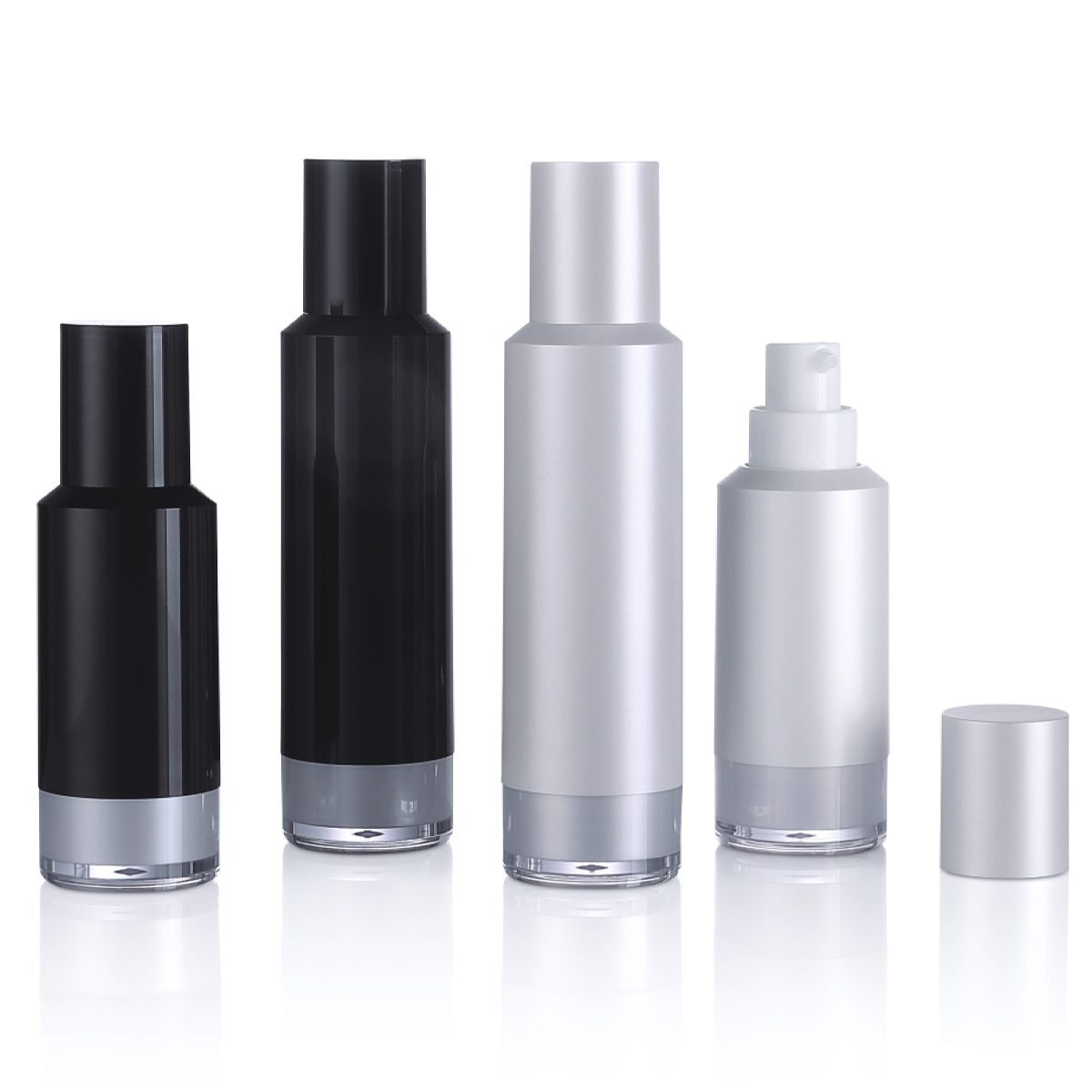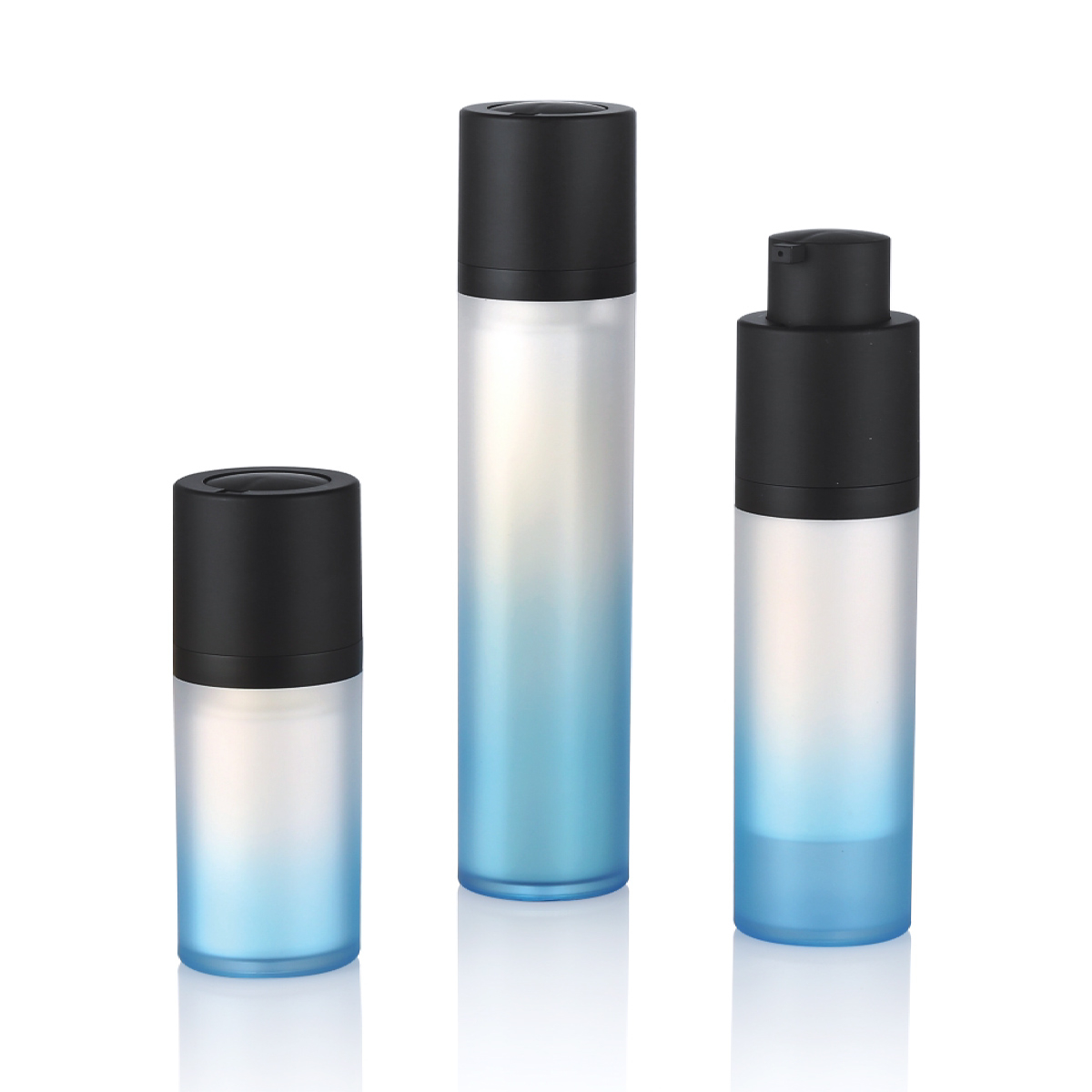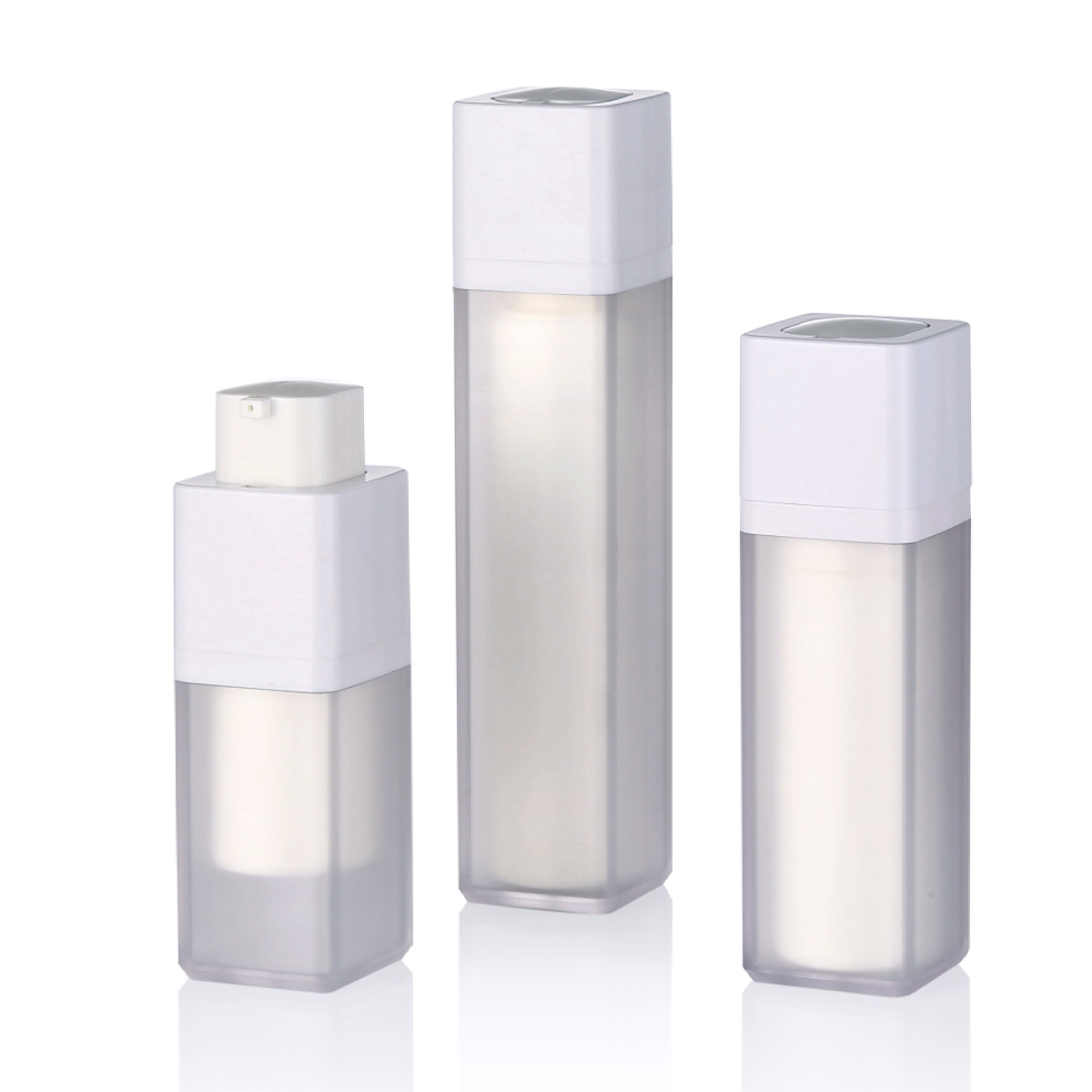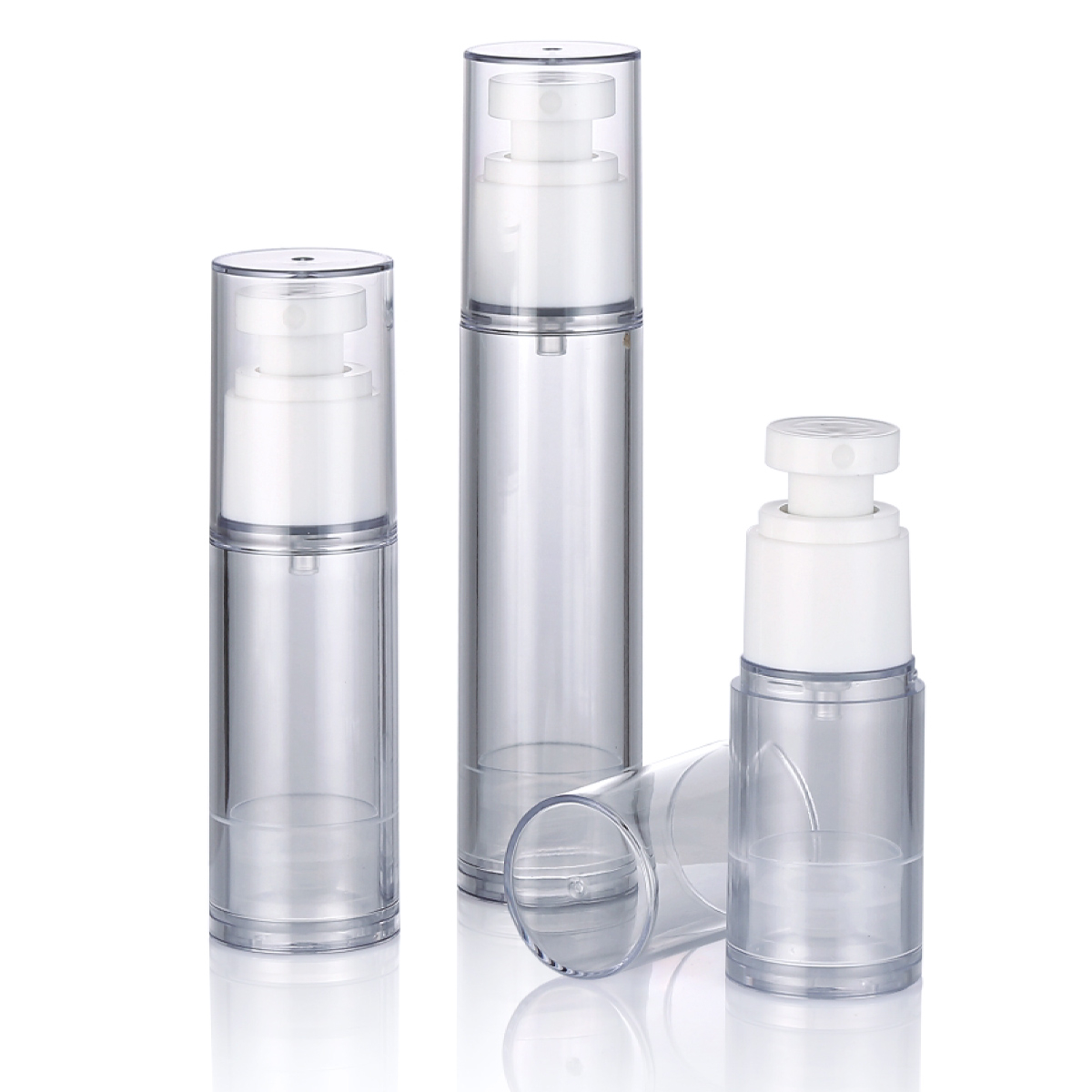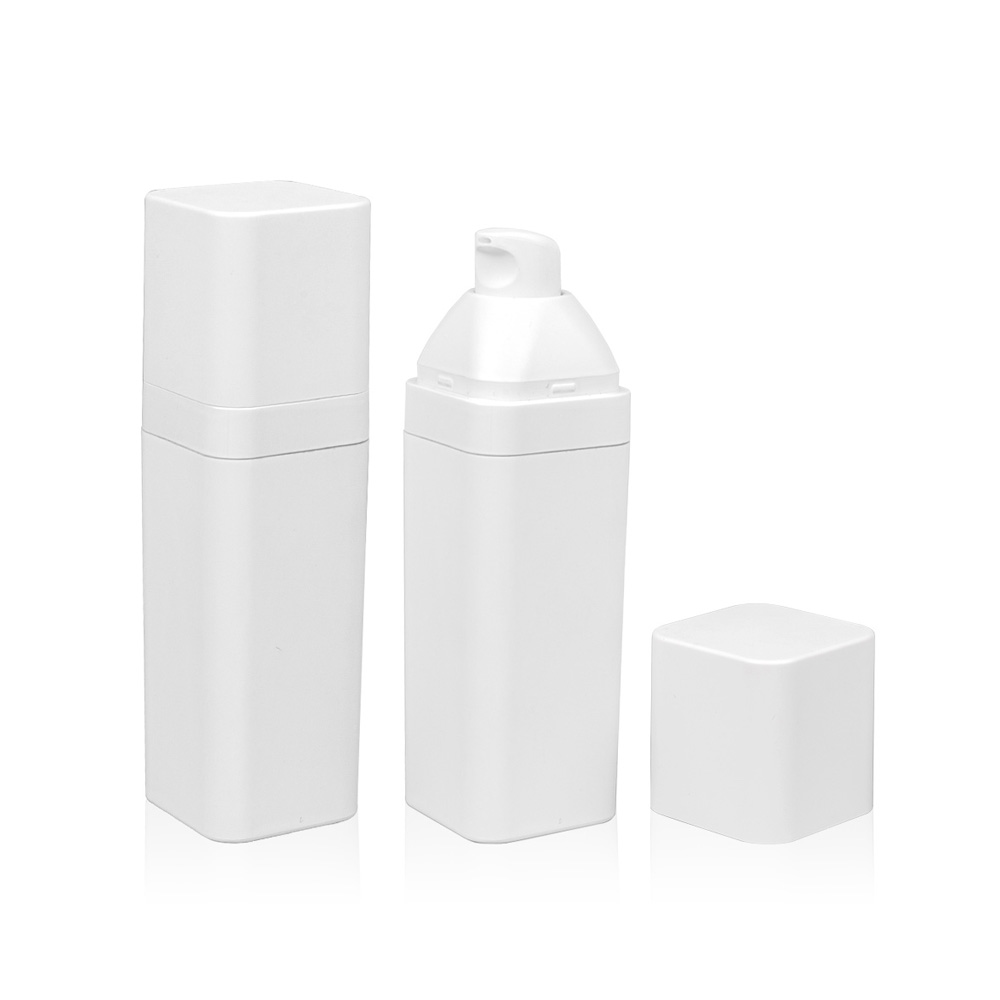In the realms of skincare, cosmetics, and pharmaceuticals, packaging is far more than just a container; it is a critical component in preserving product integrity and ensuring user safety. Among the various packaging technologies available, the airless bottle has gained significant recognition for its hygienic properties.
The Fundamental Design and Mechanism
An airless bottle is a precision-engineered dispensing system. It consists of a container, a pump mechanism, and a unique diaphragm or piston at its base. Unlike traditional containers that rely on propellants or require air to enter the bottle to displace the product, the airless system operates mechanically.
When the pump is activated, the piston at the bottom rises uniformly, pushing the product upward and out through the nozzle. This creates a vacuum within the chamber, ensuring that no air is drawn back into the container. The entire process is a closed system, from the moment the bottle is filled until the last dose is dispensed.
Key Hygienic Advantages of the Airless Bottle
The design principles of the airless bottle directly translate into several measurable hygienic benefits:
1. Protection from Airborne Contaminants and Oxidation
Exposure to air is a primary cause of product degradation. Air introduces airborne bacteria, dust, and other environmental contaminants into the formulation. Furthermore, oxygen in the air can trigger oxidation, a process that breaks down active ingredients like vitamins (e.g., Vitamin C, retinol), oils, and certain antioxidants, rendering them less effective or causing them to spoil. The hermetically sealed nature of an airless bottle eliminates this exposure throughout the product's lifespan, maintaining its sterility and potency.
2. Prevention of Microbial Growth
Many cosmetic and skincare products are water-based, providing a potential breeding ground for bacteria, mold, and yeast. Traditional dip-tube bottles (where a tube enters the product) and jars require the user to introduce foreign objects—fingers or applicators—repeatedly into the formulation, cross-contaminating the product with each use. The one-way dispensing system of an airless bottle ensures the product inside never comes into contact with external elements, including the user's hands, drastically reducing the risk of microbial introduction and proliferation.
3. Preservation of Formula Integrity
By creating a barrier against air, the airless bottle also protects the product from evaporation. This prevents the concentration of ingredients from changing over time, ensuring that the consistency, viscosity, and efficacy of the formula remain as intended by the manufacturer from the first use to the last. This stability is a key factor in both product performance and safety.
4. Accurate and Waste-Free Dosing
The pressurized mechanism of the airless bottle delivers a consistent, pre-measured amount of product with each pump. This minimizes waste and ensures users apply the correct dosage. It also means the product is not manipulated or over-handled, which is a common source of contamination in open-jar packaging.
Considerations and Limitations
It is important to note that while airless packaging significantly enhances hygiene, it is not an absolute guarantee against all contamination. The initial sterility during manufacturing is paramount. Furthermore, proper user hygiene, such as cleaning the pump nozzle periodically, is recommended to maintain cleanliness at the point of dispense.
The airless bottle represents a significant advancement in packaging technology, prioritizing the preservation and protection of sensitive formulations. Its design directly addresses the major causes of product spoilage and contamination: exposure to air, light, and external pollutants. For manufacturers of products containing unstable active ingredients or for consumers seeking to maximize the safety and efficacy of their purchases, the airless bottle offers a demonstrably more hygienic and effective solution compared to many conventional packaging types. Its widespread adoption across industries underscores its value in delivering products in a pristine and potent state.

 English
English 中文简体
中文简体 Español
Español عربى
عربى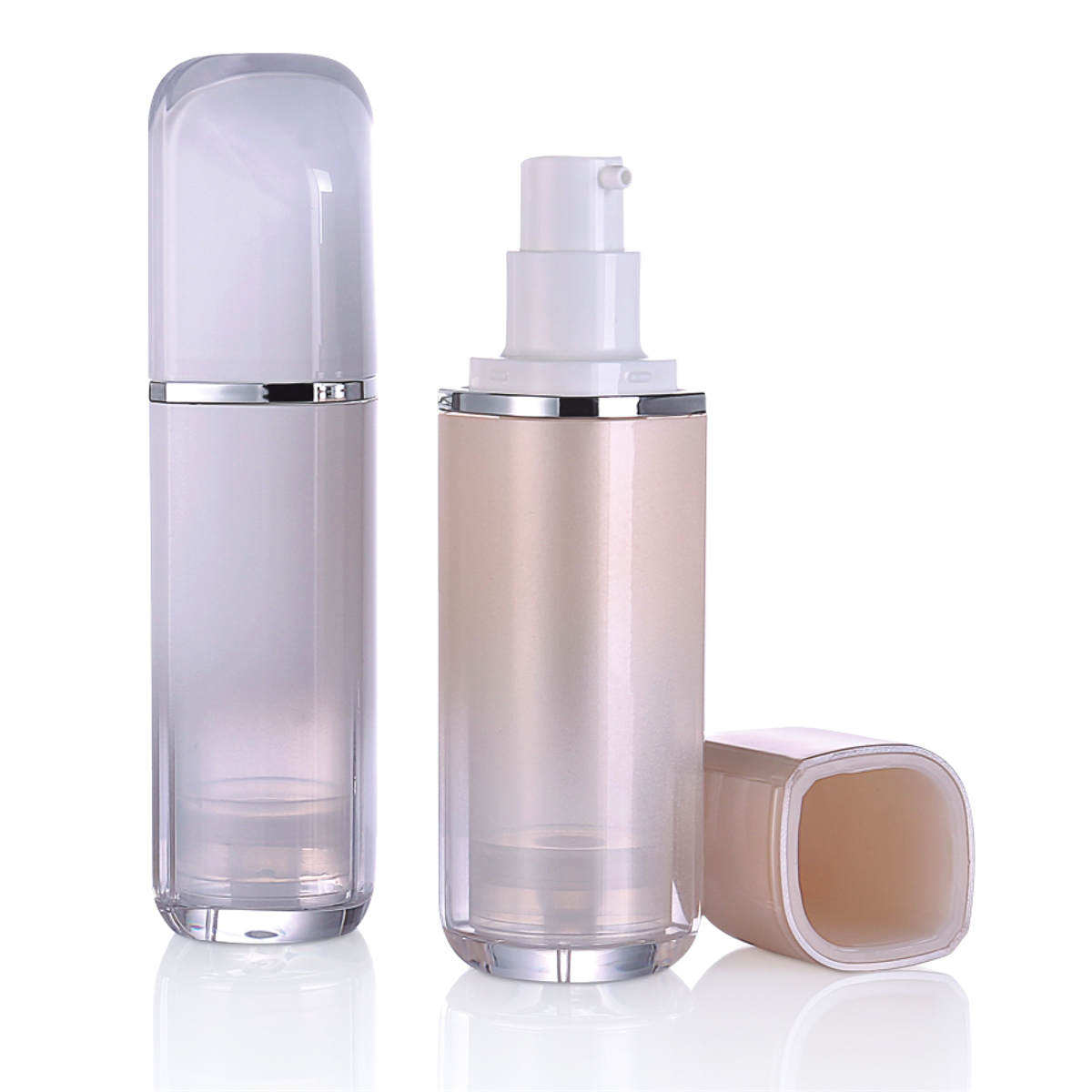
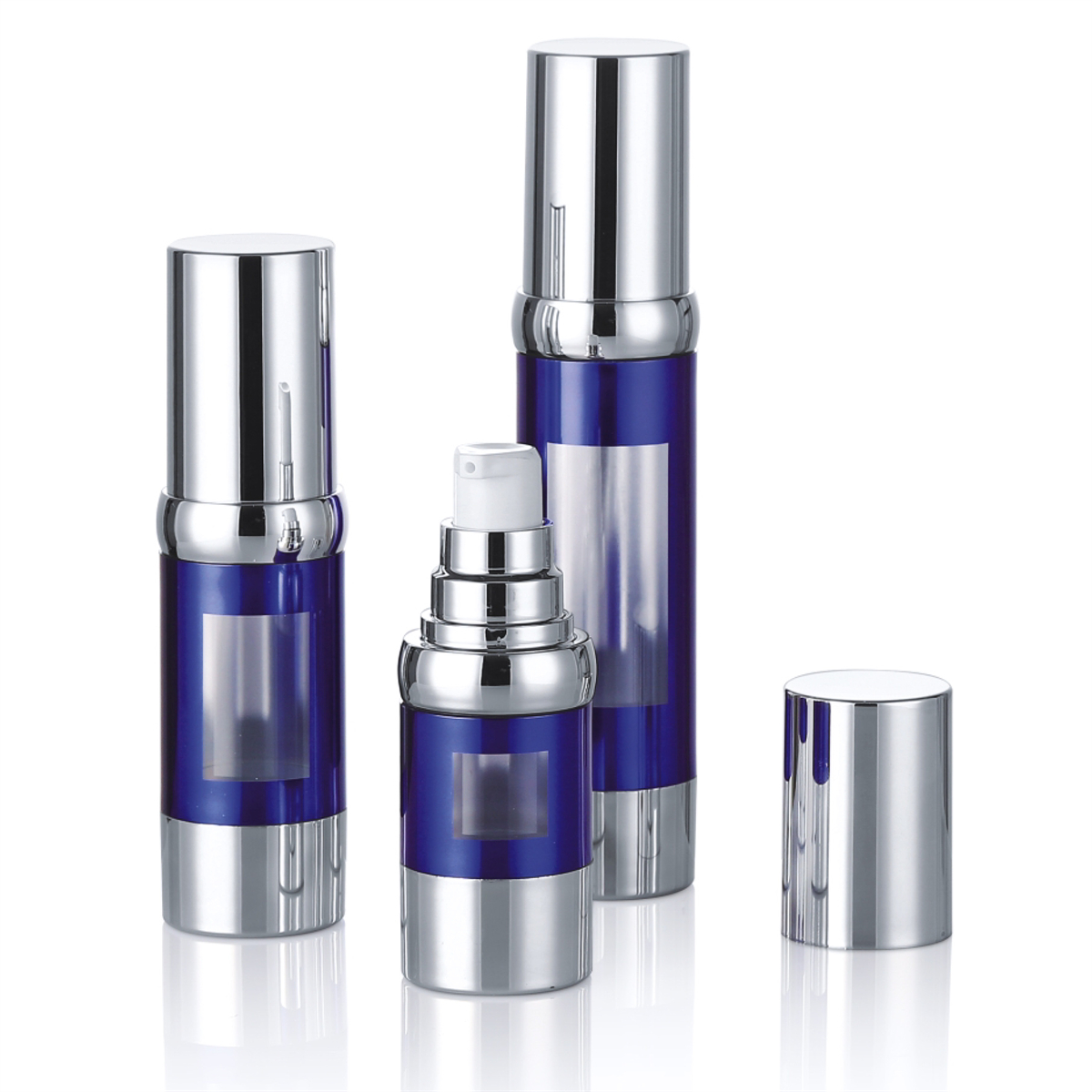
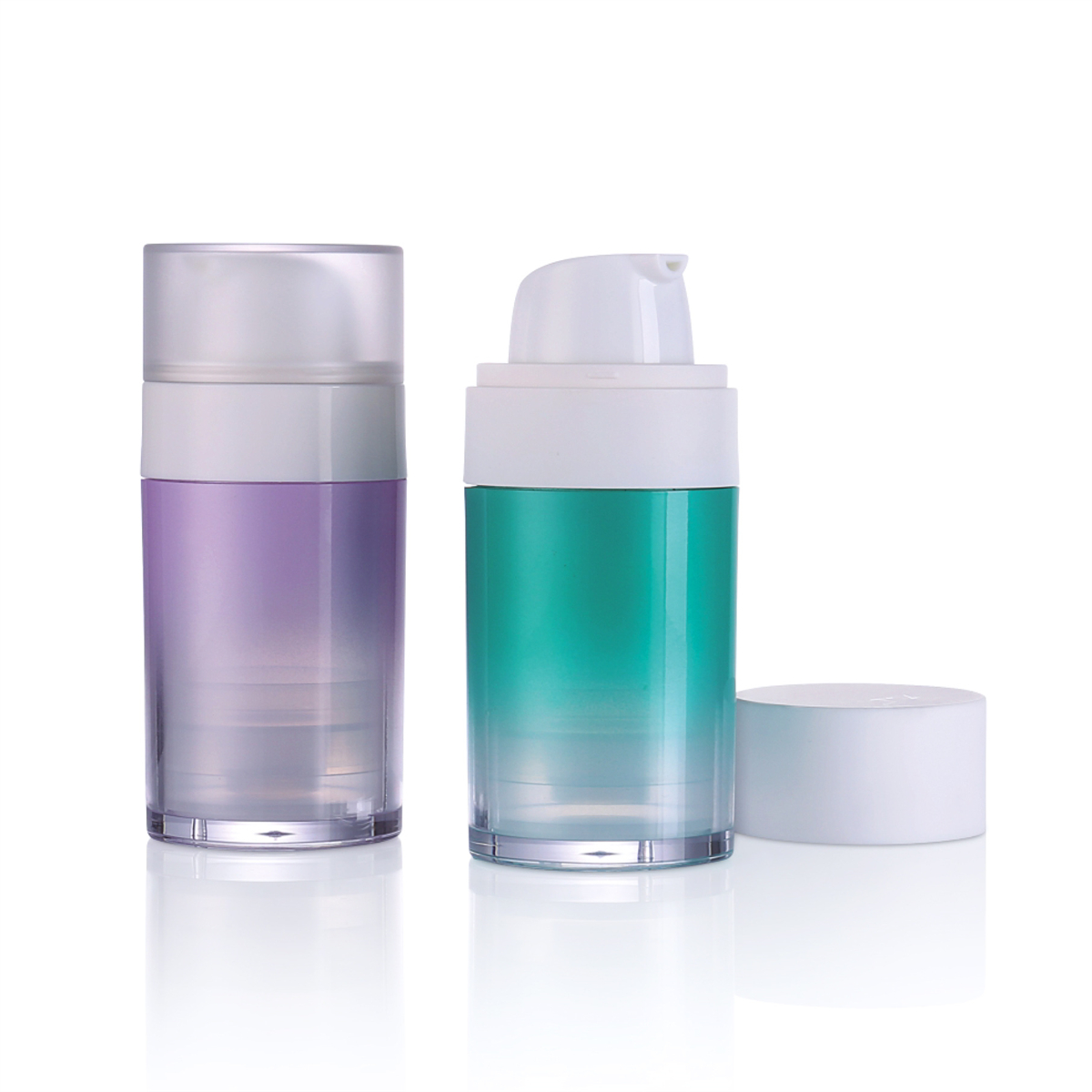
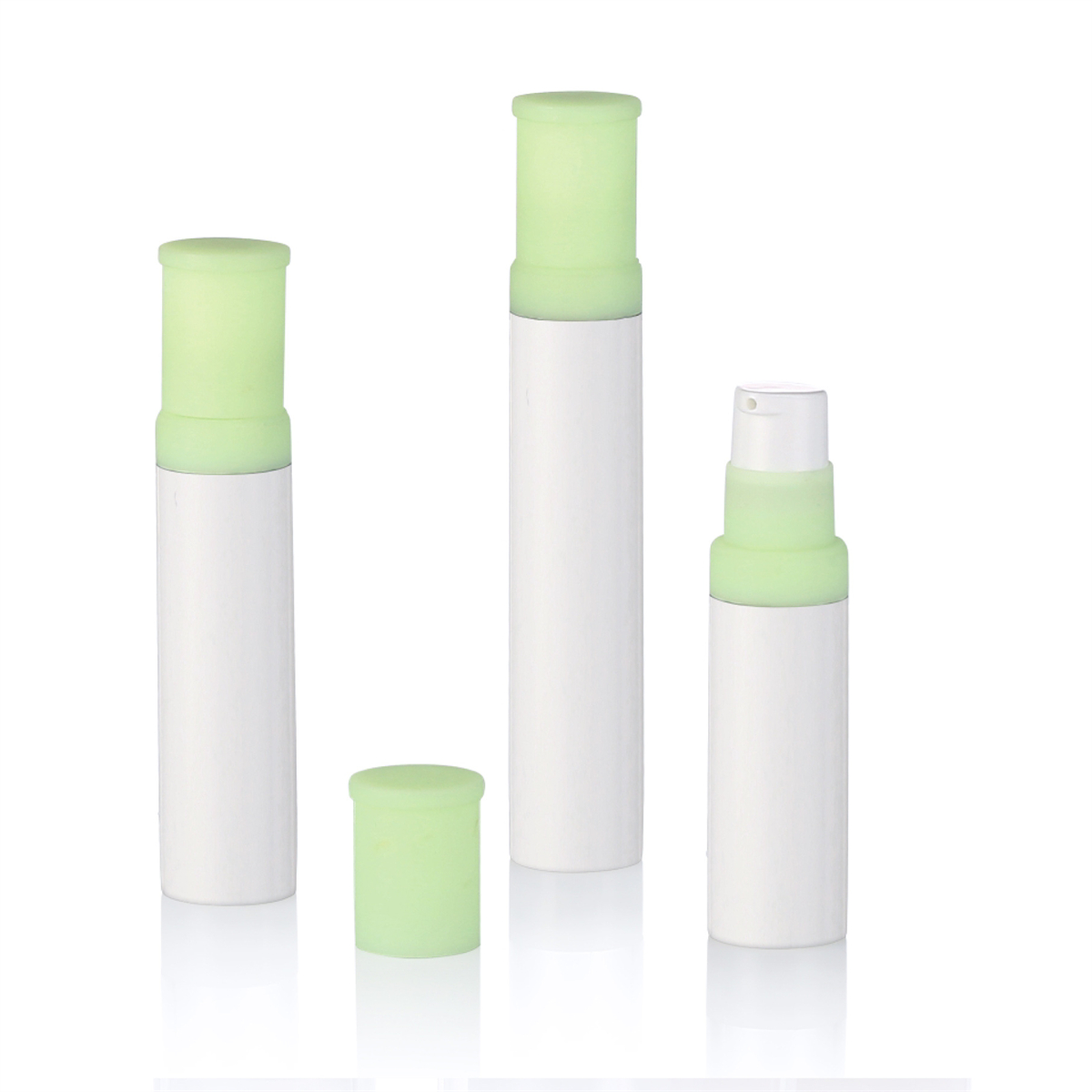
.jpg)
